Maintenance Programs Increase the Life of Poured-in-Place
Just over a decade ago, the use of poured-in-place rubberized safety surfacing for playground use was heralded as the Cadillac of surfacing choices. Besides fulfilling all ADA and CPSC compliance requirements, the color choices offered had playground architects and designers absolutely gleeful as well as the children playing on them. Although the initial cost of the poured-in-place surfacing was higher than other choices, this type of surfacing survived many cost-benefit analyses and poured-in-place surfacing began being used in playgrounds throughout the country.
As with any new technology, time is the true test, and although most poured-in-place surfaces have held up very well, the rigors of the elements are beginning to show.
Most playground facilities managers are beginning to ask themselves if their playground surfacing is looking a little worse for wear. Is it dull? Are there cracks? Having their playgrounds look unsightly doesn't put them in the very good light. Moreover, those cracks can cause some real safety problems.
As a result, poured-in-place manufacturers and installers are beginning to offer great new maintenance programs to keep their surfaces looking new for decades to come. Besides protecting your investment, the right maintenance program will help your playground look great again and the kids will be safe playing on it.
Why do I need to do maintenance on my playground surfacing?
There are, at a minimum, three good reasons to institute a regular maintenance program for your poured-in-place surfacing: to be fiscally responsible by protecting your investment, to maintain an aesthetically pleasing environment and to ensure safety.
A good maintenance program is guaranteed to extend the life of your surfacing and protect your investment. Regular maintenance will keep your surface looking newer and brighter while protecting it from the sun's destructive UV rays. Moreover, tears and cracks in the surface can result in falls and injuries. Maintenance helps to keep kids safe by keeping the surface in tiptop condition.
What should I look for when Choosing a vendor for a maintenance program?
To guarantee the best possible service, look for a vendor that has actually manufactured and installed poured-in-place surfacing. These vendors know what comprises a new, finished product, so your newly-maintained surface will meet those tighter requirements. Look for a vendor that touts highly-trained crews that are company employees. Check the vendor's length of time in the industry and reputation. Those that have been successful in this industry usually can offer higher quality materials, installation, and service at a price comparable to those offering a lesser product and service.
What kind of materials should be used?
It is important that your vendor use the highest quality raw materials and insist on the most stringent quality control standards in the industry. Make sure the materials used are designed specifically for use in playground surfacing applications in your geographical area. This is especially important in the sunny, southwestern climate. Make sure the raw materials used are consistent-and not whatever is most available or least expensive at the time. Look for the best peroxide-cured EPDM, best Isocyanates in the urethane, best polyol, and the highest ratio of urethane to rubber possible. This may be more expensive, but you'll get better results and lower re-curing costs. And using top-of-the-line materials results in your vendor being able to provide the longest-lasting surface available.
What should I take tor In a maintenance program?
Make sure your vendor is able to meet your specific maintenance needs. The chart shows the four stages of maintenance that just about everyone would require:
Top Coating
A rolled application of urethane will leave your surface looking bright. Sm al I cracks and abrasions will be filled in.
This is a cost-effective option that protects your investment and keeps you from having to make costly repairs.
Patch & seal
Patches plug in the place of holes and tears. A top coat of urethane completes the job. This is a great time to install interactive sound and game systems under those patches, as well.
Costs are dependent upon the number of patches required.
Re-top
Includes the removal of the damaged areas in the top layer of rubber, priming and installation of a new rubber top, and a rolled application of urethane.
Often there is no need for a complete re-install. This is a better alternative and should be about one-half the price. A good maintenance provider should be able to repair most of the competitors' products.
Replace
Complete removal of current playground surface and re-install with a new surface.
Usually, a requirement when an inferior surface has been installed or when a proper maintenance plan is not in place.
My surface looks good now. What happens if I wait?
The best thing you can do is to begin some maintenance program and rejuvenate the surface now. The low cost of a maintenance program is something most municipal, school district, pre-school, military and non-profit agency budgets can easily handle. Waiting can result in a costly resurfacing job. In severe cases, your playground may fall out of compliance with the safety regulators.
Richard Hawley is the Director of Field Operations for Robertson Industries. Robertson Industries has been the manufacturer and installer of TotTurf ", a leading poured-in-place rubberized playground safety surface for nearly a dozen years. Before joining Robertson Industries, Hawl~y worked for the Phoenix Parks and Recreation Department.


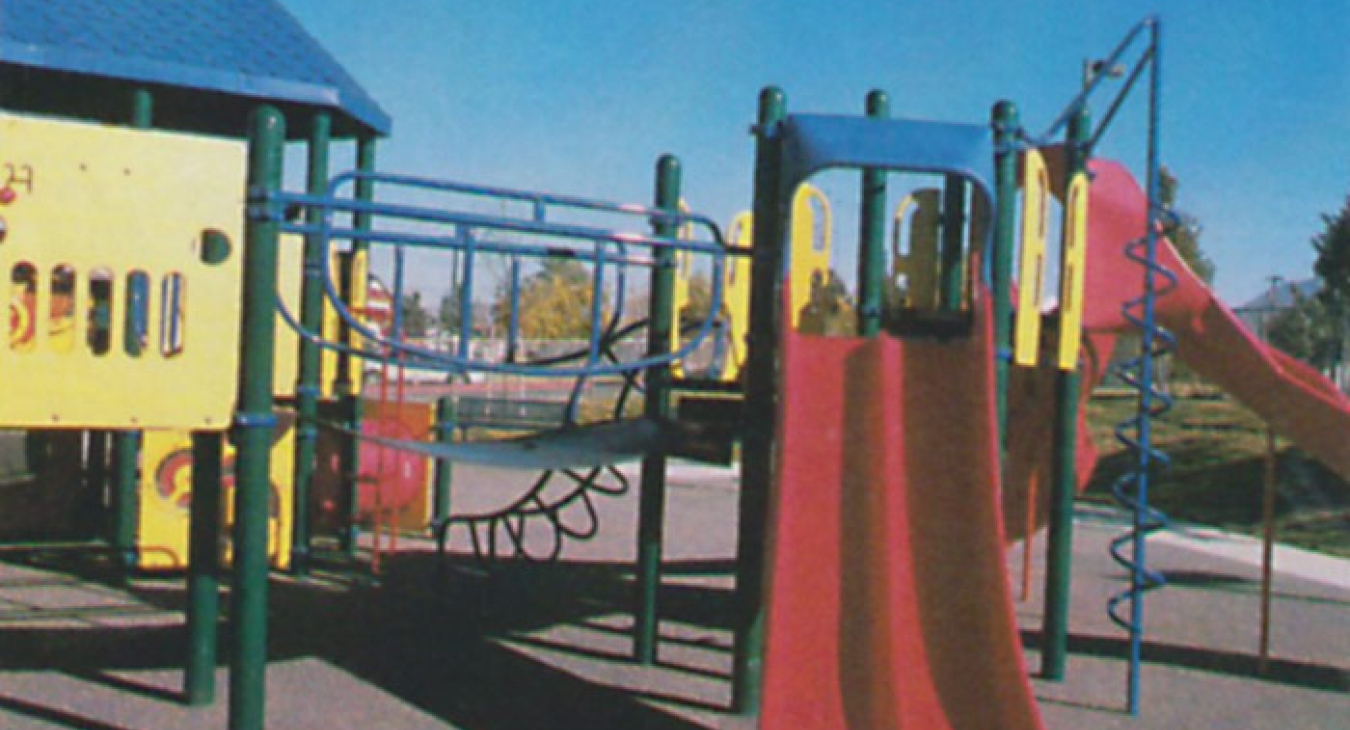
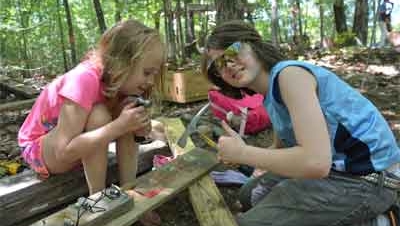

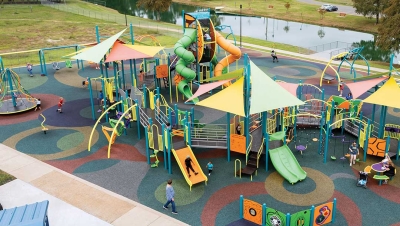





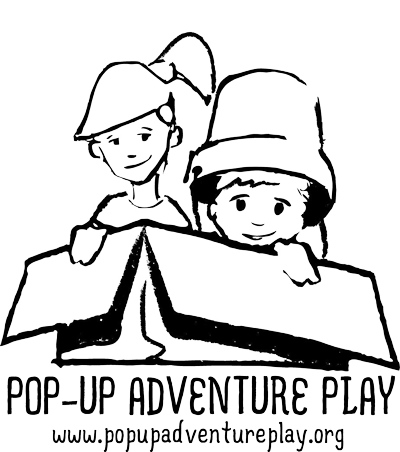
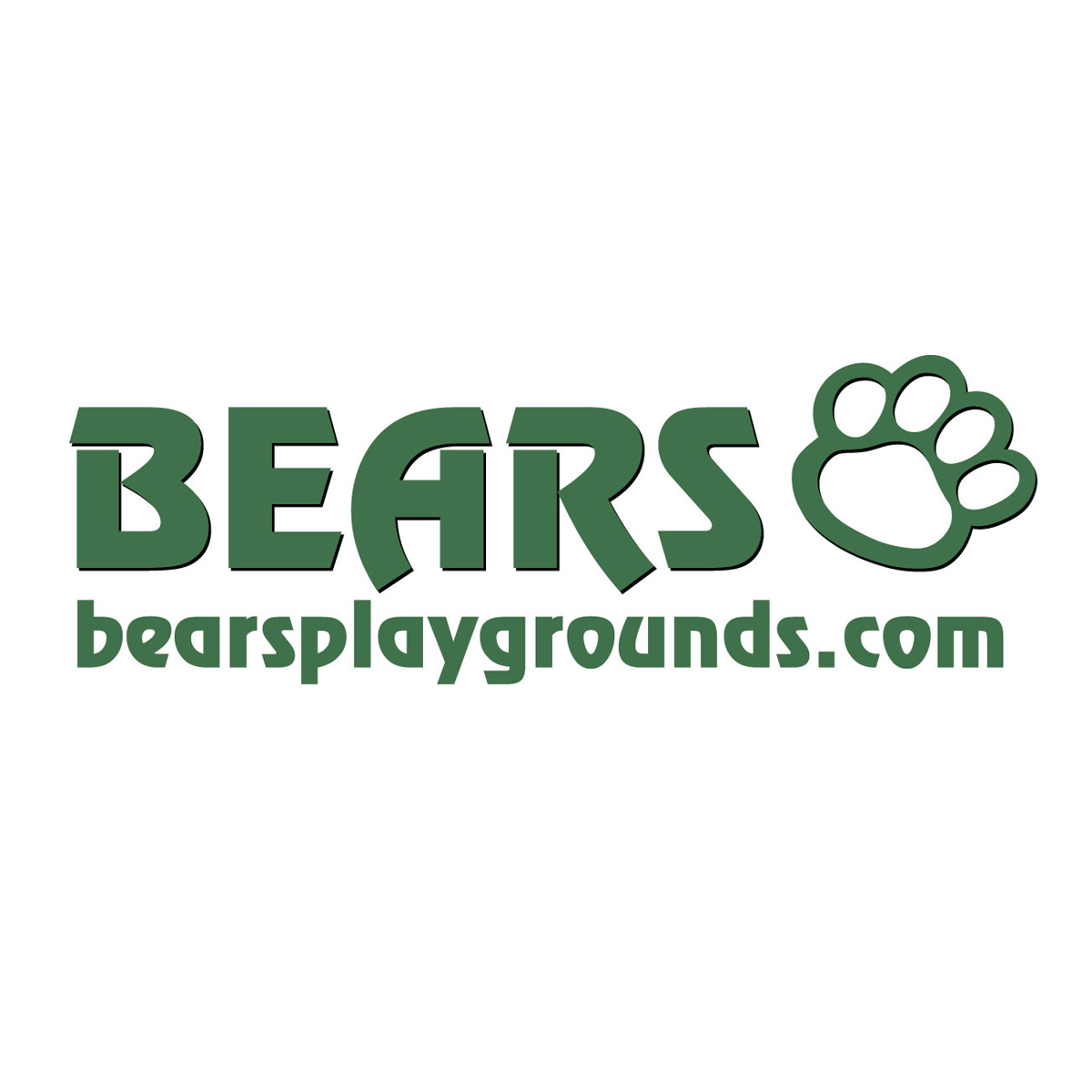

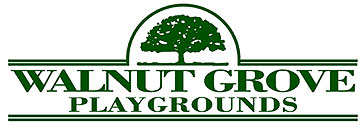
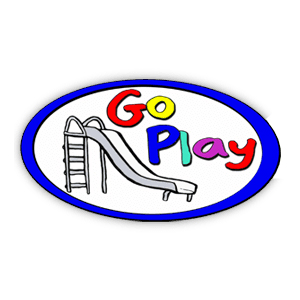
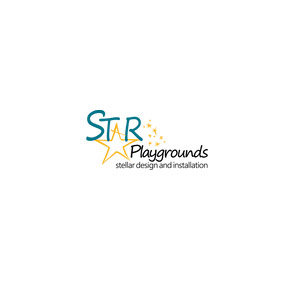
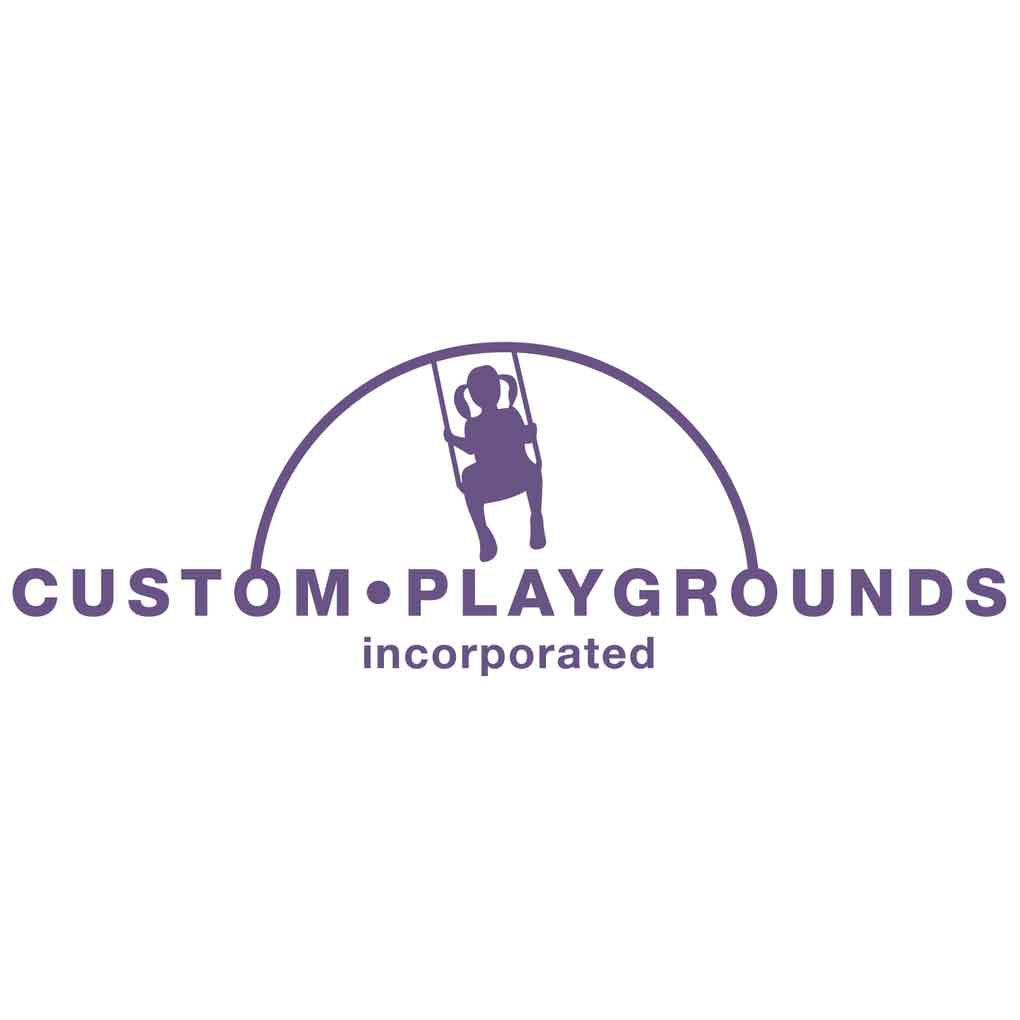

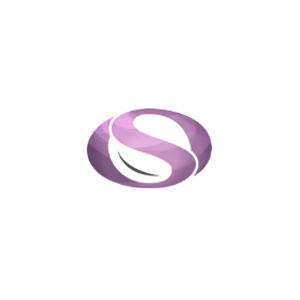
Add new comment